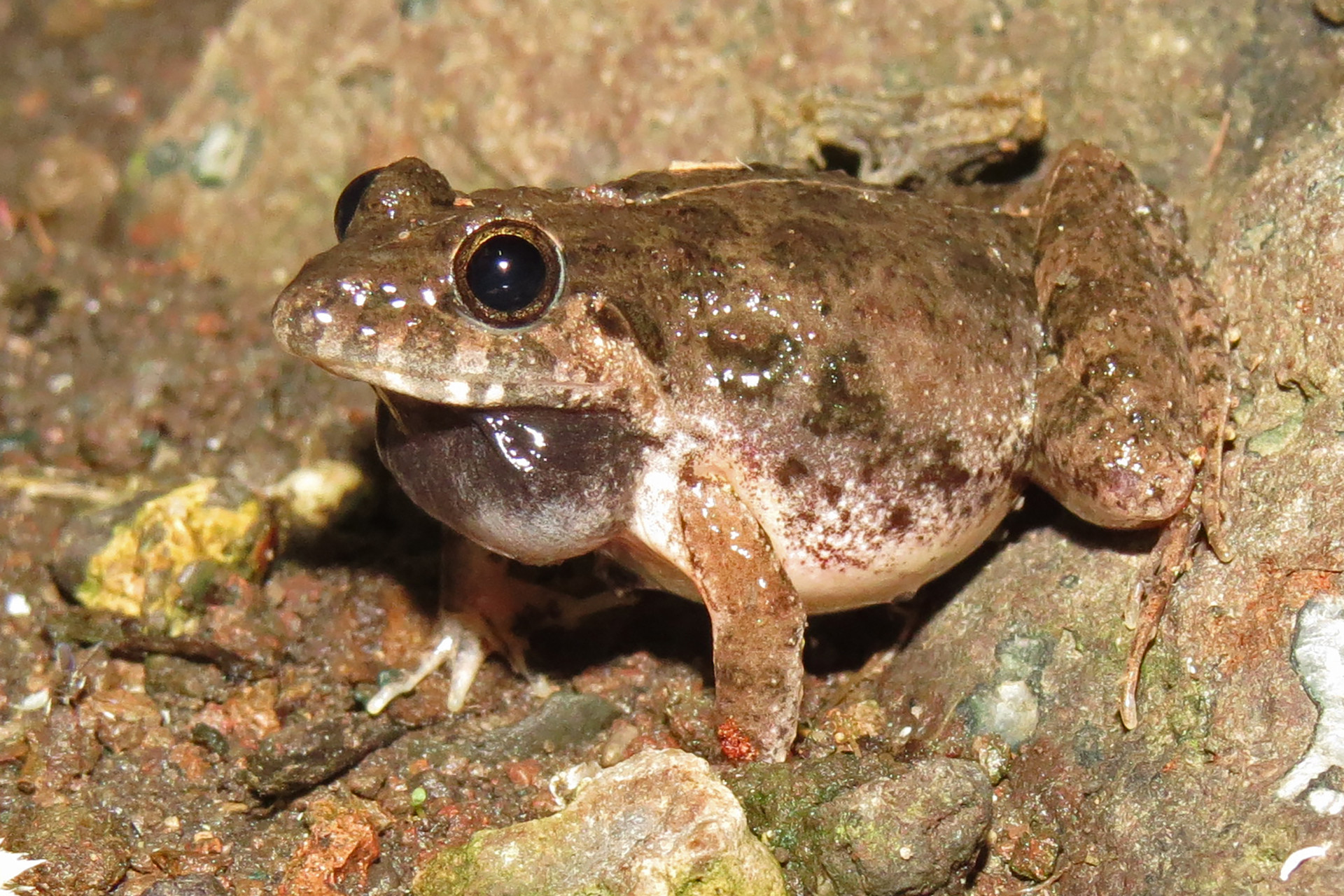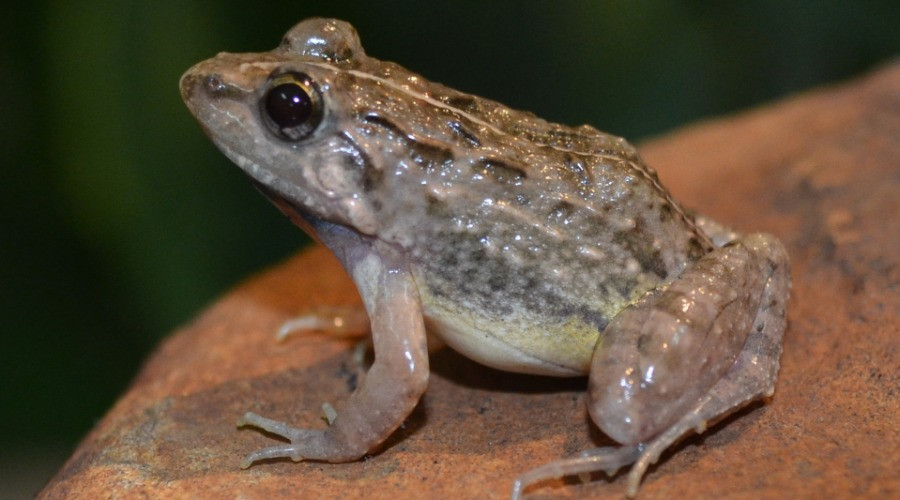How it took 100 years to prove the identity of a frog!
Researchers have identified and re-described the cricket frog using DNA barcode data and acoustic data
Pune-based researchers have identified and re-described the cricket frog, Minervarya syhadrensis, the first frog species to be described from Maharashtra in 1919 by Scottish zoologist Thomas Nelson Annandale in pre-independent India. Over the last century, researchers have faced problems in the identification of this frog due to the variations in its colour pattern and morphology, matching it with other frogs. The cricket frog has been confused with the other frog species such as Fejervarya limnocharis, known from Indonesia.
A team led by Dr Samadhan Phuge from the Savitribai Phule Pune University and Dr K. P. Dinesh from Zoological Survey of India (ZSI), Pune studied the cricket frogs of northern Maharashtra and concluded that the frog Minervarya syhadrensis is morphologically cryptic in nature. They studied morphology, gene sequences and acoustic characters to fix the identity of the cricket frog species Minervarya syhadrensis, described from Pune one century ago, and provided genetic proof for its wide distribution in India with different colour morphs. The authors have published this study in the leading international journal Zootaxa, a premier journal for zoological systematics and taxonomy published in New Zealand.
In this study, the authors have considered a wide range of samples in the Western Ghats and across India to understand the phylogenetic relationships of the cricket frog. The frog exhibits different colour patterns and variable morphology in different parts of the Western Ghats and the Indian peninsula. Earlier, since there was no genetic data for the species from where the specimen was found in Khandala, Pune, there were confusions with the identity and phylogenetic relationship of the species itself. This study highlights the importance of DNA barcode data for the historical species described from the country, says Dr Dinesh.

Minervarya agricola is the frog species with which Minervarya syhadrensis commonly breeds, creating unviable interspecies hybrids. Photograph: Dr Samadhan Phuge
Due to unavailability of genetic data, the same species was described with a new name in 2008 from the central Western Ghats as the morphological characters were variable and inconsistent while comparing with the new species. But genetic studies suggested the species described in 2008 from the central Western Ghats is nothing but Minervarya syhadrensis, described in 1919 from Pune. Researchers predict that this frog could be distributed throughout India and possibly have their range of distribution in the neighbouring countries too.
The other interesting finding of the study is, due to morphological similarities, the males of Minervarya syhadrensis attempt to breed with the females of the other species (Minervarya agricola) available in the field during the breeding season, ending up in unviable interspecies hybrids, says Dr Samadhan Phuge. Both the species of frogs call in chorus in the field during the breeding season (with enormous noise), which creates difficulties in mate selection for both the species, he added. While commenting, Dr Dinesh said that in the present scenario of climate change and shifting rainfall patterns, DNA barcode data and acoustic data is critical to understand species and species distribution.
This is one of the classical studies where researchers have addressed a century-old problem with DNA barcode data and have made the first report of possible interspecies hybrids between two genetically distantly related species using acoustic data. The authors believe that the study will stimulate researchers to investigate the identity and distribution of other classical species of the genus described from India, which lost their identity over time.
Cover: Photograph of Minervarya syhadrensis by Dr Samadhan Phuge
